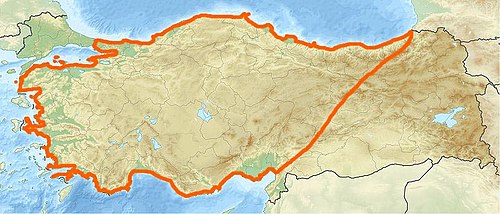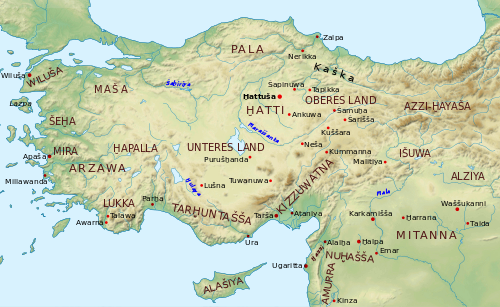Bronze Age



- Abbawiya
- Adadura
- Adana
- Aḫḫulla
- Alatra
- Ankuwa
- Apasa
- Arawana
- Arzawa
- Arziya
- Assuwa
- Dadassas
- Dunda
- Dura
- Durmitta
- Durpina
- Dalauwa
- Dankuwa
- Duruwaduruwa
- Gargiya
- Halluwa
- Haballa
- Harziuna
- Hatti
- Himmuwa
- Hulaya River Land
- Ḥuwallušiya
- Iksunuwa
- Istanuwa
- Isuwa
- Kalasma
- Land of the Kaskians
- Kassiya
- Kispuwa
- Kizzuwadna
- Kuruppiya
- Kussara
- Kuwaliya
- Lallupiya
- Lawazantiya
- Lazpa
- Lower Land
- Lukka
- Land of Luwiya
- Masa
- Mīllawānda
- Mira
- Mount Pahurina
- Nenisankuwa
- Neša
- Palà
- Parista
- Pasuhalta
- Pitassa
- Purushanda
- Sallusa
- Saḫiriya
- Seha River Land
- Siyanda
- Tarhuntassa
- Tumanna
- Tuwanuwa
- Troy
- Unaliya
- Upper Land
- Walma
- Wilusa
- Zallara
- Zalpa
- Zippasla



